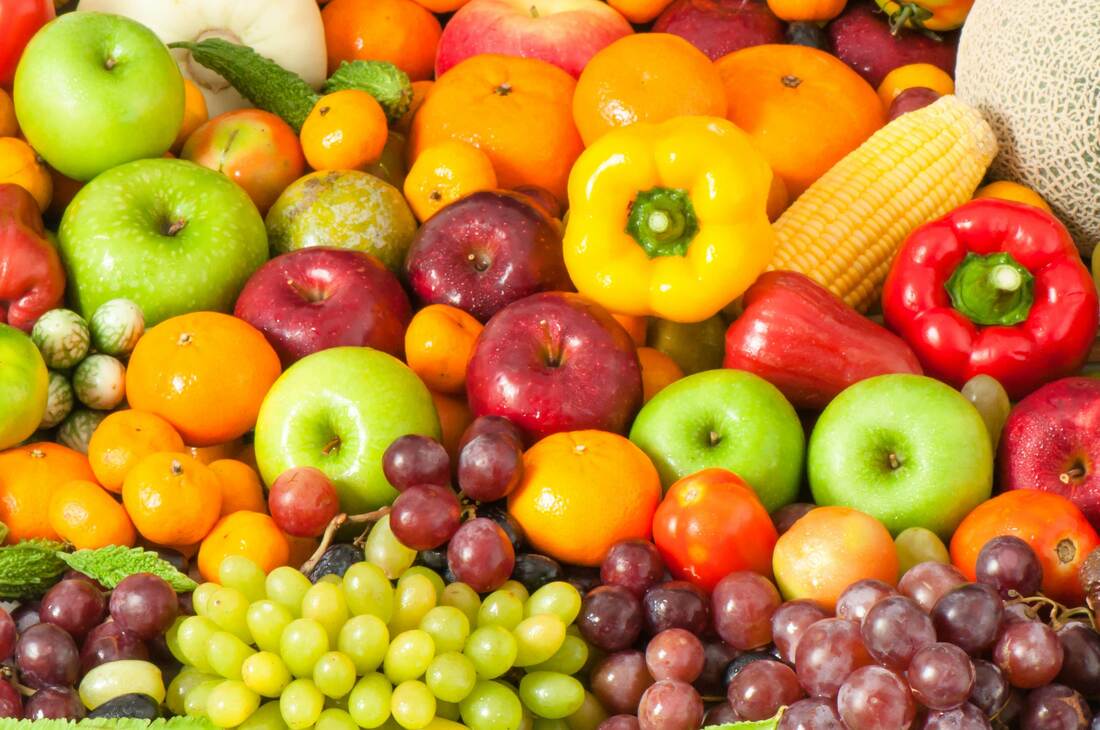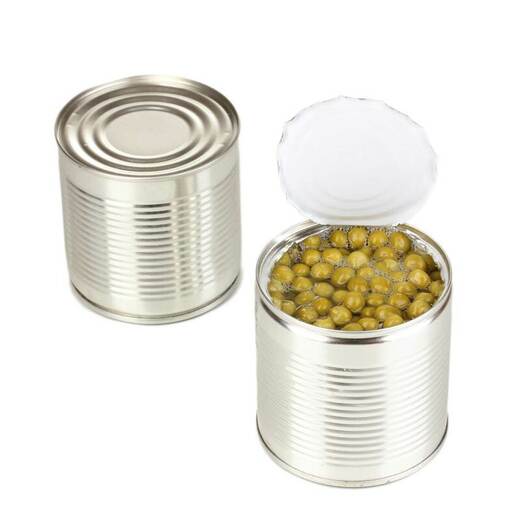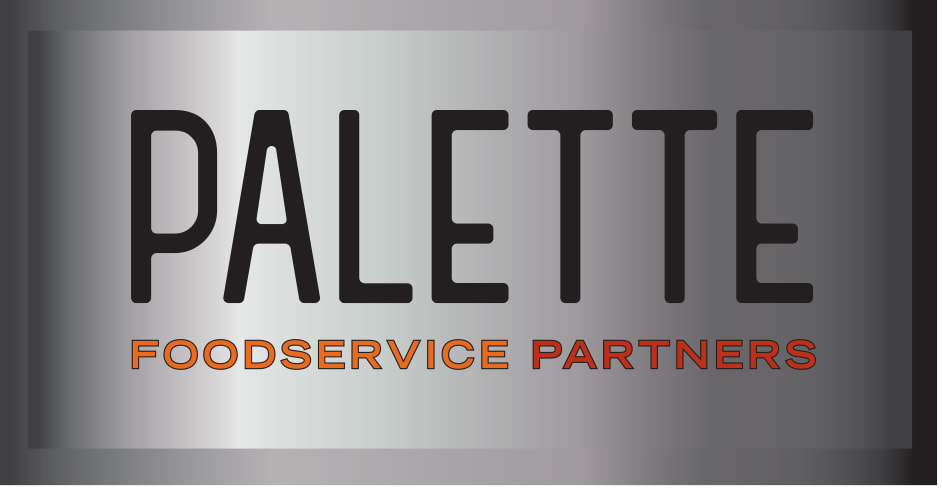|
When a London restaurant was informed in advance about a guest with a severe nut allergy coming to dine recently, the restaurant said the guest could either bring his own food and have the restaurant heat it (at a cost of $22), or eat food from the kitchen and sign a waiver acknowledging risk of cross-contamination. While this was a public relations mistake for sure, it demonstrates the pressure restaurants feel to lower the risk of preparing food for guests with allergies. How do your risk management practices measure up? Public health consultants EHA Group advise foodservice operators to assess a food’s path from warehouse to plate, which requires careful communication with your suppliers, distributors and staff. Use a production matrix that labels, tracks and dictates how to handle allergens so you can feel confident about managing them. Isolate allergens in storage and preparation areas, cook allergen-free foods first, change utensils after each item, wash hands thoroughly after handling allergens, change aprons or uniforms when there is a contamination risk, and clean preparation areas and equipment well after handling allergens.
Receive a shipment of fruit and the clock starts: You have a small window of time to either use the fresh fruit or freeze it, right? But an emerging company called StixFresh has developed technology that they say can extend the shelf life of a fruit by up to two weeks, helping people minimize food waste and save money at the same time. (The company says up to 52 percent of fruit goes to waste each year in the U.S.) StixFresh developed stickers made from an all-natural material that can slow the ripening process when stuck to fruit. The stickers work best on apples, avocados, dragon fruits, kiwis, oranges and pears and can also be used on such fruit as apricots, lemons and pomegranates. The StixFresh stickers will be available this summer.
The bulky equipment in your kitchen may not be the most convenient to clean, but it’s important your kitchen team does it properly to avoid the risk of cross-contamination. For items that can’t be cleaned automatically, Statefoodsafety.com advises you first turn off and unplug the electrical equipment you plan to clean, then wash and rinse the outside of the equipment, followed by the area underneath and around it. Clean and sanitize any removable parts by soaking them or cleaning them in a three-compartment sink. Anything that cannot be removed and cleaned must be washed and rinsed in place. Finish by wiping everything down with sanitizing solution. To avoid contamination, air dry all equipment instead of using a cloth, and resanitize any surfaces that may have gotten recontaminated when you put the equipment back together following cleaning. Clean ovens weekly, refrigerators and freezers monthly, and sinks regularly between uses — especially if they are used frequently throughout the day.
As the weather warms up and guests are looking to cool down with chilled food and beverages, remember to treat your ice like food — or risk spreading harmful bacteria. Train employees to wash hands before handling ice and to not touch ice with their bare hands but use clean, sanitized scoops. Statefoodsafety.com also advises that any ice used to chill food or beverages be made from drinking water to prevent contamination.
Chicken causes more foodborne illness than any other food, according to new data from the CDC. While this may be an indicator that new systems in place to identify threats are working — not that our food is less safe — it’s still important to respect chicken’s risks. Salmonella and campylobacter remain the most common causes of foodborne illness outbreaks and these bacteria are often found in chicken products. To protect your guests, avoid cross-contamination as a result of chicken coming into contact with hands, kitchen surfaces, utensils and other foods. Thaw it in the refrigerator, in cold water but covered (washing it can spread bacteria), or in the microwave. When cooking chicken, make sure it reaches an internal temperature of 165 degrees measured at the thickest part of the thigh.
Does your kitchen team know where to start when cutting various proteins? Statefoodsafety.com advises that when cutting different types of meat in succession, start with the meat that has the lowest cooking temperature and work up to the one with the highest cooking temperature. For example, start with beef, veal, lamb and pork, then work up to poultry. It will help ensure that any germs the knife carries are killed during cooking.
The average person gets norovirus — a period of diarrhea and vomiting at once — five times in his or her life. The virus can live for several days on ice buckets, glasses, cash drawers, cell phones, remote controls, carpets and many other surfaces, and because it’s so easily spread (a pencil tip can hold the number of cells required to transfer it) it’s a big threat to the foodservice industry. Do you have norovirus procedures in place? (If not, you’re not alone: A poll conducted during a recent webinar for foodservice operators with food safety expert Francine Shaw found that 41 percent of participants had no documented procedures.) Shaw said 75 percent of norovirus outbreaks are attributed to infected workers. Proper handwashing plays a major role but it’s also important to ensure employees know what they need to do when they experience symptoms of a number of illnesses that can spread norovirus. Shaw advised using Form 1B during your employee orientation. It’s available through the FDA and explains the major illnesses that can spread norovirus, as well as what employees must do when they experience the onset of specific symptoms so they are not working in a food preparation situation when they experience them.
A study by the USDA’s Food Safety and Inspection Service that observed participants cooking in a test kitchen found that 97 percent of attempts to wash hands failed. That resulted in 48 percent of participants cross-contaminating spice jars by transferring harmless microorganisms that act much like human pathogens. (The USDA reports that Campylobacter and Salmonella, bacteria found in poultry, may survive on food contact surfaces for up to four and 32 hours, respectively.) Another 5 percent of participants in the study transferred bacteria to salads they prepared. It’s worth a reminder: To adequately wash hands, wet them with warm or cool running water, apply soap and for 20 seconds rub hands together vigorously, washing both sides of each hand, between fingers and over fingertips and wrists. Rinse and then dry hands and wrists with a towel, which you should then use to turn off the faucet.
Conventional wisdom says to toss out any dented can to prevent the risk of botulism. The truth is more nuanced, however, and the risk depends on the size and location of the dent. A new report in The Takeout provides some guidelines. Of course, in the event of major dents or leaks, discard the can (the USDA defines a major dent as one in which you can “lay your finger into”). The same goes for cans with dents along any seams of the can. However, a minor dent on the side of a can with no large edges or creases, or on the bottom of a can without a bottom seam is likely safe.
|
subscribe to our newsletterArchives
April 2024
Categories
All
|












 RSS Feed
RSS Feed